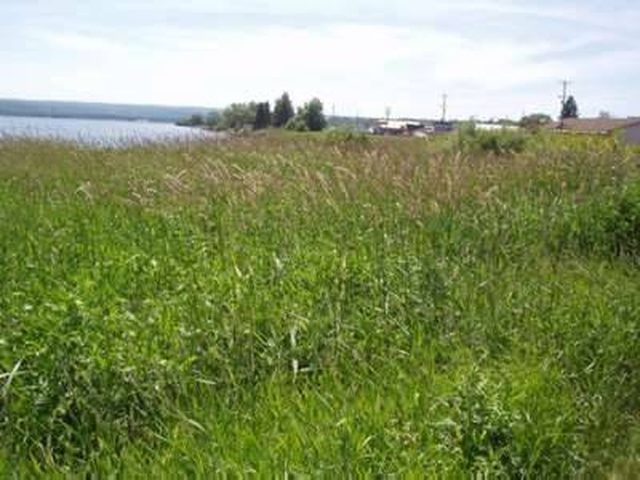Bulbs
Flower Basics
Flower Beds & Specialty Gardens
Flower Garden
Garden Furniture
Garden Gnomes
Garden Seeds
Garden Sheds
Garden Statues
Garden Tools & Supplies
Gardening Basics
Green & Organic
Groundcovers & Vines
Growing Annuals
Growing Basil
Growing Beans
Growing Berries
Growing Blueberries
Growing Cactus
Growing Corn
Growing Cotton
Growing Edibles
Growing Flowers
Growing Garlic
Growing Grapes
Growing Grass
Growing Herbs
Growing Jasmine
Growing Mint
Growing Mushrooms
Orchids
Growing Peanuts
Growing Perennials
Growing Plants
Growing Rosemary
Growing Roses
Growing Strawberries
Growing Sunflowers
Growing Thyme
Growing Tomatoes
Growing Tulips
Growing Vegetables
Herb Basics
Herb Garden
Indoor Growing
Landscaping Basics
Landscaping Patios
Landscaping Plants
Landscaping Shrubs
Landscaping Trees
Landscaping Walks & Pathways
Lawn Basics
Lawn Maintenance
Lawn Mowers
Lawn Ornaments
Lawn Planting
Lawn Tools
Outdoor Growing
Overall Landscape Planning
Pests, Weeds & Problems
Plant Basics
Rock Garden
Rose Garden
Shrubs
Soil
Specialty Gardens
Trees
Vegetable Garden
Yard Maintenance
Where Does Reed Canary Grass Grow?
Where Does Reed Canary Grass Grow?. Reed canary grass, or Phalaris arundinacea, a perennial plant that occurs throughout much of the world except for Antarctica and Greenland, flourishes in moist soil, although it can survive drought conditions. Despite its use by humans as a forage crop for livestock, reed canary grass grows aggressively, and...

Reed canary grass, or Phalaris arundinacea, a perennial plant that occurs throughout much of the world except for Antarctica and Greenland, flourishes in moist soil, although it can survive drought conditions. Despite its use by humans as a forage crop for livestock, reed canary grass grows aggressively, and many states have listed it as a noxious weed because it threatens delicate and valuable ecosystems like natural wetlands.
Geography
Reed canary grass is thought to be native to North America; however, Europeans have been using it as forage crops to feed livestock, and differences between the European and American grasses are difficult to detect. The plants can survive in temperatures as low as -38 degrees F, yet cannot tolerate heat. Therefore, it grows throughout much of Canada and the northern part of the United States, including southern Alaska, but not in the hot southern climates.
Identification
Reed canary grass, a coarse green grass, grows to about 5 feet tall, and clusters of yellow flowers bloom from May to either June or August, depending on the climate. It reproduces by small, black seeds or by spread of rhizomes, which are small, root-like structures in the soil. The plants form dense areas of growth where they prevent other plants from becoming established, and they spread outwards radially, or in a widening circle.
Benefits
People have used reed canary grass as a cheap, plentiful forage crop for livestock because it grows quickly and easily in both moist and dry soils and in cold or temperate climates. For the same reasons, it has also been used to prevent erosion in areas where fast-growing plants are needed. More recently, treatment wetlands, which filter sewage, have used reed canary grass to remove contaminants from waste water by drawing them out of wetlands soils.
Warning
Reed canary grass has been classified as a noxious weed because it threatens natural ecosystems such as marshes and other wetlands. Once a growth becomes established, this hardy and aggressive plant soon replaces native species, which cannot compete with its rapid growth. As the canary grass spreads, it overwhelms more species, resulting in a loss of diversity. Over time, a monoculture emerges where nothing but reed canary grass grows, and removing it has proved difficult because it is such an effective competitor.
Prevention/Solution
Removal of reed canary grass has caused headaches for scientists because it often grows in valuable wetlands. Grazing animals cannot reach the grass in a marsh, nor can heavy equipment be used. Even if mowers remove the plants, the rhizomes, or root-like structures, remaining in the soil quickly regrow. In addition, herbicides kill most plants because they are not selective enough to eliminate only the reed canary grass. An effective way to reduce this invasive species is burning the plants: over time, repeated burnings reduce the incidence of regrowth.